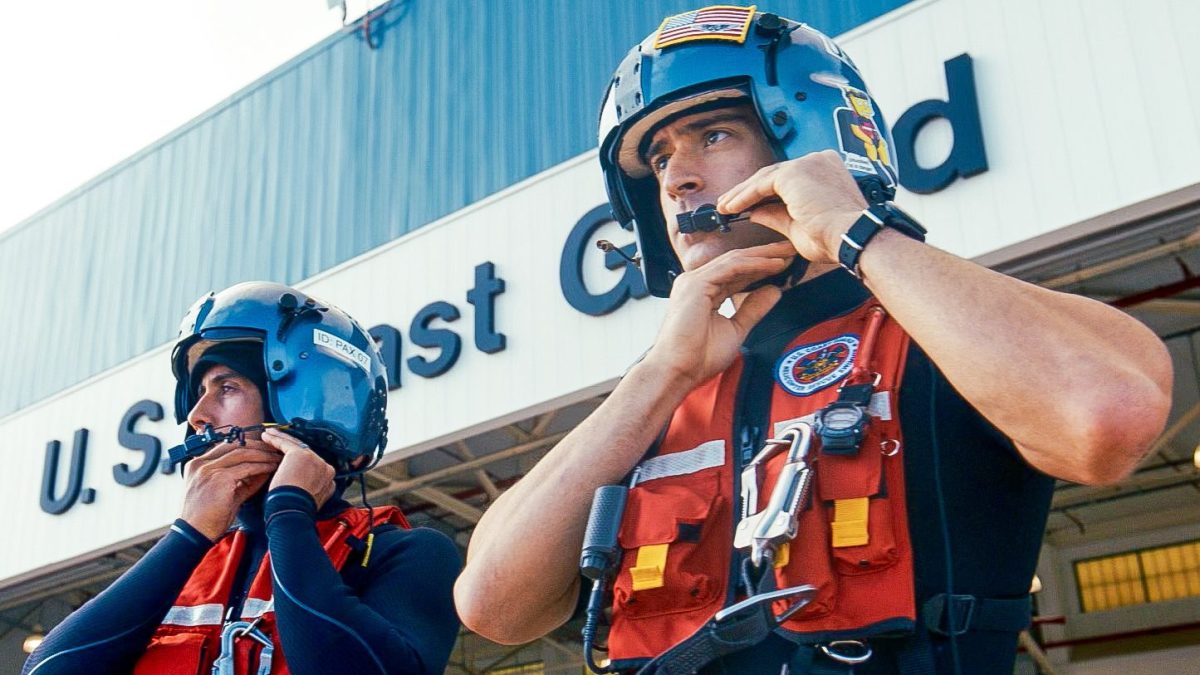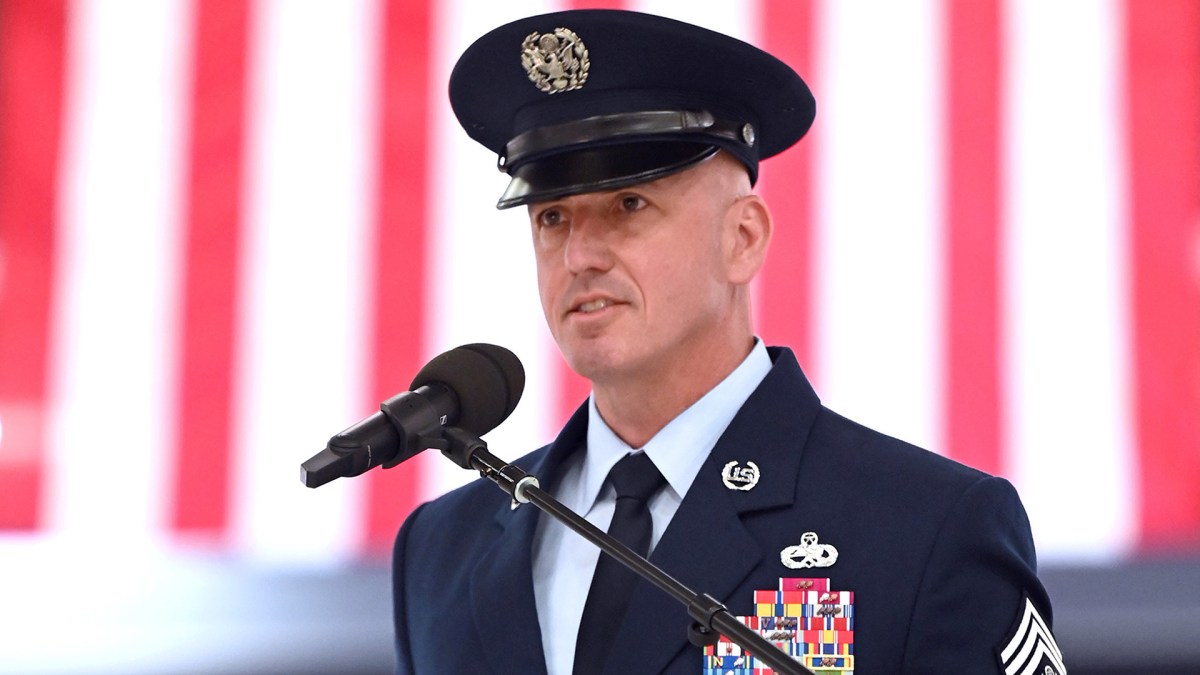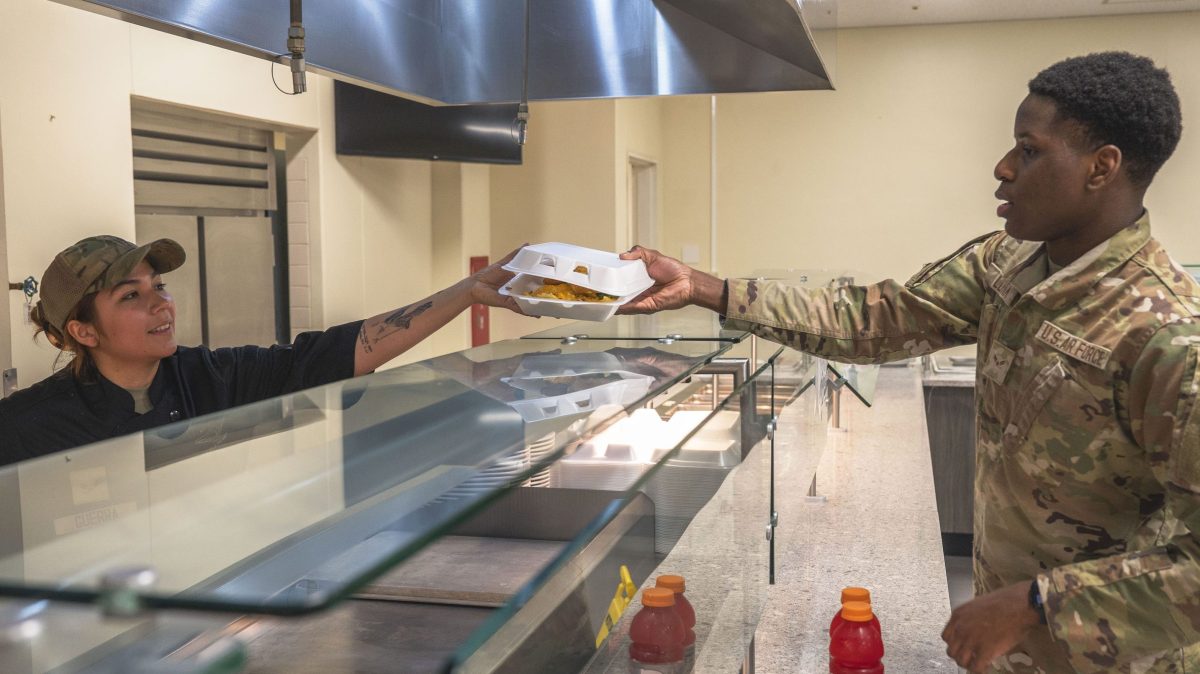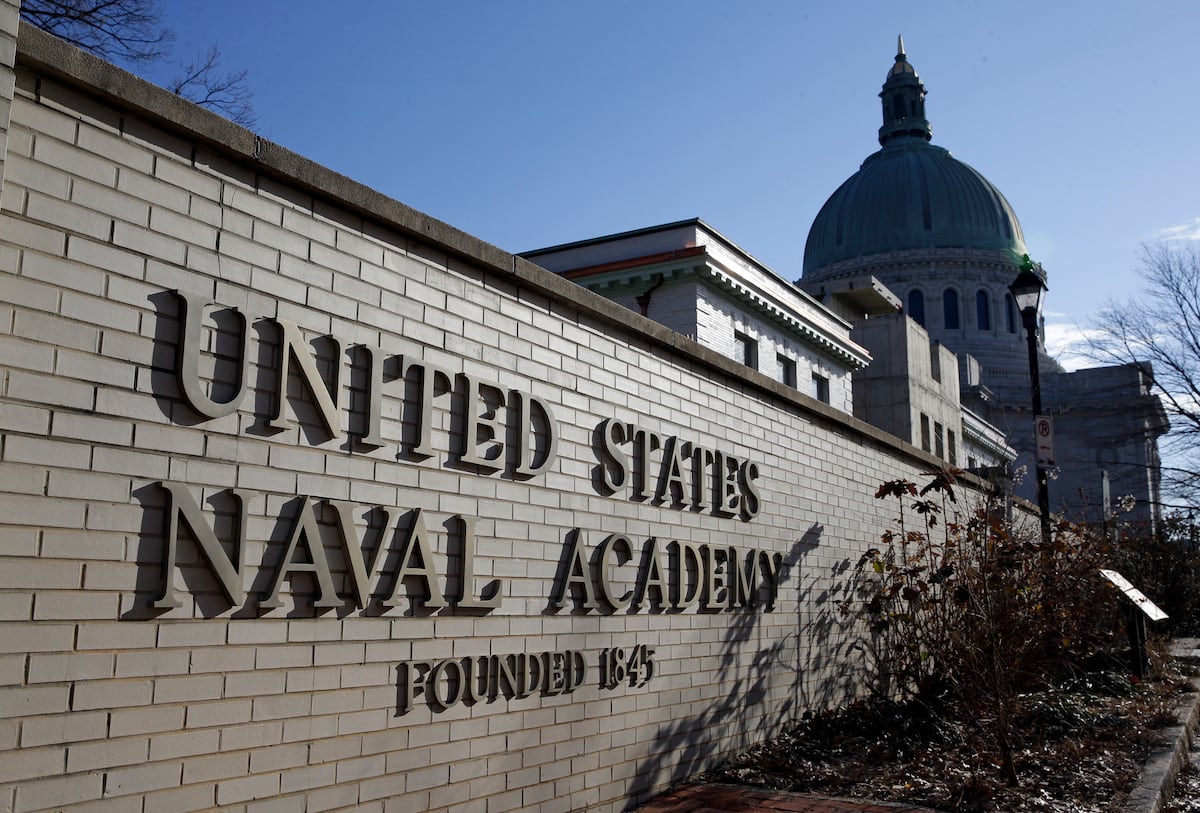I know our JTAC holding a sign is a tongue-in-cheek photograph, but there is nothing funny about food insecurity in the US armed forces.
If you ask me, it shouldn’t even be a thing…but it is. All too real.
 Soldiers and their families stand in line for food distribution at an Armed Services YMCA in Harker Heights Texas, near Fort Hood. This particular event drew almost 700 people in need. Image Credit: Armed Services YMCA
Soldiers and their families stand in line for food distribution at an Armed Services YMCA in Harker Heights Texas, near Fort Hood. This particular event drew almost 700 people in need. Image Credit: Armed Services YMCADirectly above, we see a less humorous image of Fort Hood families standing in line for food at a local YMCA. The image is just days old. Organizers of the food distribution event, held every Thursday, tell KDH News that the organization is stepping up its efforts to help local military families in need. The most recent food distribution saw a 34% spike in attendees.
Food Insecurity in the US Military
Food insecurity is a significant issue within the US military population, with around 25% of active-duty service members stating they don’t have enough food to feed their families. This is more than double the rate seen in the demographically similar civilian population (10.1%). This means these military members sometimes do not have reliable access to enough nutritious food for an active, healthy life. About 10.5% of military personnel report very low food security, the most severe form, compared to 3.6% in civilians.
Key facts include:
- Approximately 125,000 active-duty service members and their families face food insecurity.
- Lower-ranking enlisted members, often earning less than $40,000 annually, are particularly vulnerable due to limited incomes and high living costs around certain military bases.
- Frequent relocations, employment barriers for military spouses, and financial commitments exacerbate food insecurity risk.
- Food insecurity affects military readiness, cognitive function, and health, and leads to decreased levels of personal and unit effectiveness.
- Despite these challenges, less than 2% of active-duty military households receive SNAP (Supplemental Nutrition Assistance Program) benefits, partly due to housing allowances being counted as income, which reduces eligibility.
Food insecurity is recognized as a key social determinant of health in the military, with efforts underway within the Department of Defense to identify needs and connect service members with resources to address this issue. However, the elevated rates compared to civilians underscore a continuing challenge for military families to secure adequate nutrition while serving.
Defining “Food Insecurity”
Just what is “food insecurity” in the US? Well, it is most certainly NOT the financial inability to make a second trip through the Mickey D’s drive-through on a Saturday night. I say this as a man who has himself had to wait in line for food support. Take my word for it, it is a humbling experience.
Food insecurity is defined by the United States Department of Agriculture (USDA) as “the limited or uncertain availability of nutritionally adequate and safe foods, or limited or uncertain ability to acquire acceptable foods in socially acceptable ways.” This definition not only includes insufficient amounts of food but also reflects reduced quality, variety, or desirability of diet, sometimes without necessarily reducing the amount of food intake. Food insecurity is assessed at the household level and considers circumstances over the past year or month.

.jpeg)























.jpeg)












 English (US) ·
English (US) ·